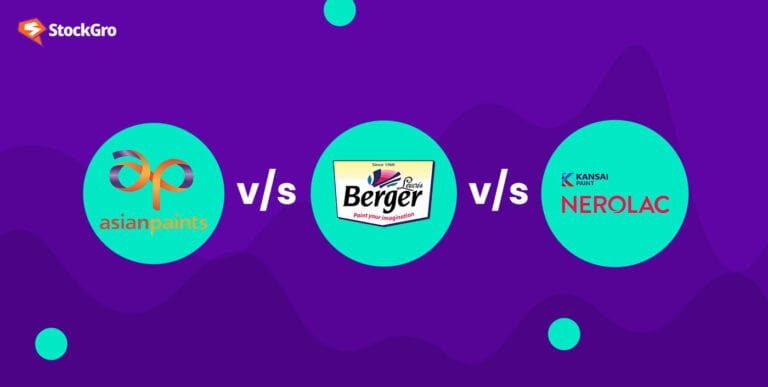Table of contents
Preference shares are another class of equity shares that are issued by a company to raise money. These differ from equity shares because dividends are optional to equity investors, but are mandatory for preferred shareholders. Preference shares, in turn, are of two types: cumulative and non-cumulative.
In this article, we’re going to talk about the latter variety of preferred shares: non-cumulative ones. We’ll understand what they mean, how they differ from regular equity stock and from cumulative preferred stock.
What are preferred shares?
Preferred shares are a special class of stock that have some advantages over common shares, but also some limitations.
- They are prioritised over regular shareholders: Preferred shareholders get priority over common shareholders when it comes to receiving dividends (company payouts) and claims on assets in case of liquidation (company closure).
- Fixed dividends: Preferred shares typically offer a fixed dividend payout, expressed as a percentage of the par value (stated value) of the share. This provides a predictable income stream to preferred shareholders.
- Voting rights are minimal: While some preferred shares carry voting rights, they are usually limited compared to common shares. This means less influence on company decisions.
Differences between preferred shares and regular shares at a glance
| Feature | Preferred Shares | Common Shares |
| Dividend Priority | Yes, receive dividends before common shareholders | None, receive dividends after preferred shareholders (if any) |
| Dividend Rate | Fixed percentage of par value | Variable, depends on company performance |
| Voting Rights | Limited or none | Full voting rights on company matters |
| Growth Potential | Lower, limited by fixed dividend | Higher, share price can appreciate significantly |
| Risk Profile | Generally lower | Generally higher |
| Claim on Assets | Priority over common shareholders in case of liquidation | Subordinate to all debt holders and preferred shareholders |
Cumulative and non-cumulative preference shares
The primary difference between cumulative and non-cumulative preferred shares lies in how they handle missed dividends.
Cumulative shares essentially act as a piggy bank for missed dividends. If the company skips a dividend payment in a particular year, the unpaid amount accumulates and must be settled before common shareholders receive any dividends. In essence, cumulative shareholders have a claim on all past due dividends.
This gives cumulative preference shares a debt-like quality, which is why they are treated as such on a company’s balance sheet.
Non-cumulative preference shares do not have a claim on past due dividends. Missed dividends are simply lost. The company has no obligation to pay them in the future. If a dividend is skipped, it’s gone.
The differences at a glance
| Feature | Cumulative Preferred Shares | Non-Cumulative Preferred Shares |
| Dividend Accumulation | Yes, unpaid dividends accumulate | No, missed dividends are lost |
| Missed Dividend Claims | Must be paid before common dividends | No claim on missed dividends |
| Cost of Capital | Potentially Higher | Potentially Lower |
| Investor Appeal | More attractive to risk-averse investors | May appeal to investors seeking higher current yield |
Who should consider investing in non-cumulative preference shares?
Here are some kinds of investors who could potentially find non-cumulative preference shares attractive as an investment:
- Retirement seekers – For individuals nearing or in retirement, non-cumulative preference shares with a high current dividend yield can provide a dependable income stream. The fixed dividend payments can help supplement pensions.
- Short-term investors – Investors with a shorter investment horizon (less than 5 years) can benefit from the current dividend yield without being overly concerned about the potential loss of missed dividends in the future.
- Investors who are bullish about the company – If an investor has a strong belief in the company’s future financial health and ability to consistently pay dividends, non-cumulative preferred shares can offer a good return. The potential for capital appreciation (share price increase) alongside the current dividend yield can be attractive as well.
Frequently Asked Questions
Conversion rights are rare, but some companies might offer them under specific circumstances. It depends on the company’s structure and the terms of the specific non-cumulative share class. This information is usually laid out in detail in the share offer document.
Yes, you can! Dividend reinvestment plans (DRIPs) are often available for non-cumulative preferred shares. These plans automatically reinvest your dividends into additional fractional shares, potentially growing your overall holding and future dividend payouts over time.
They offer a potentially steady income stream, but unlike bonds, they are still subject to stock market fluctuations. Including them alongside other asset classes like bonds and common stocks can help spread risk and potentially improve portfolio stability.
Unfortunately, missed dividends on non-cumulative shares are gone. The company has no obligation to make up for past suspensions, even if they resume dividend payments in the future.
It depends. The fixed dividend on non-cumulative shares might not keep pace with inflation over time, eroding the purchasing power of your income stream. However, some non-cumulative preferred shares have provisions for floating dividends, meaning the dividend payout can adjust based on an interest rate benchmark.
